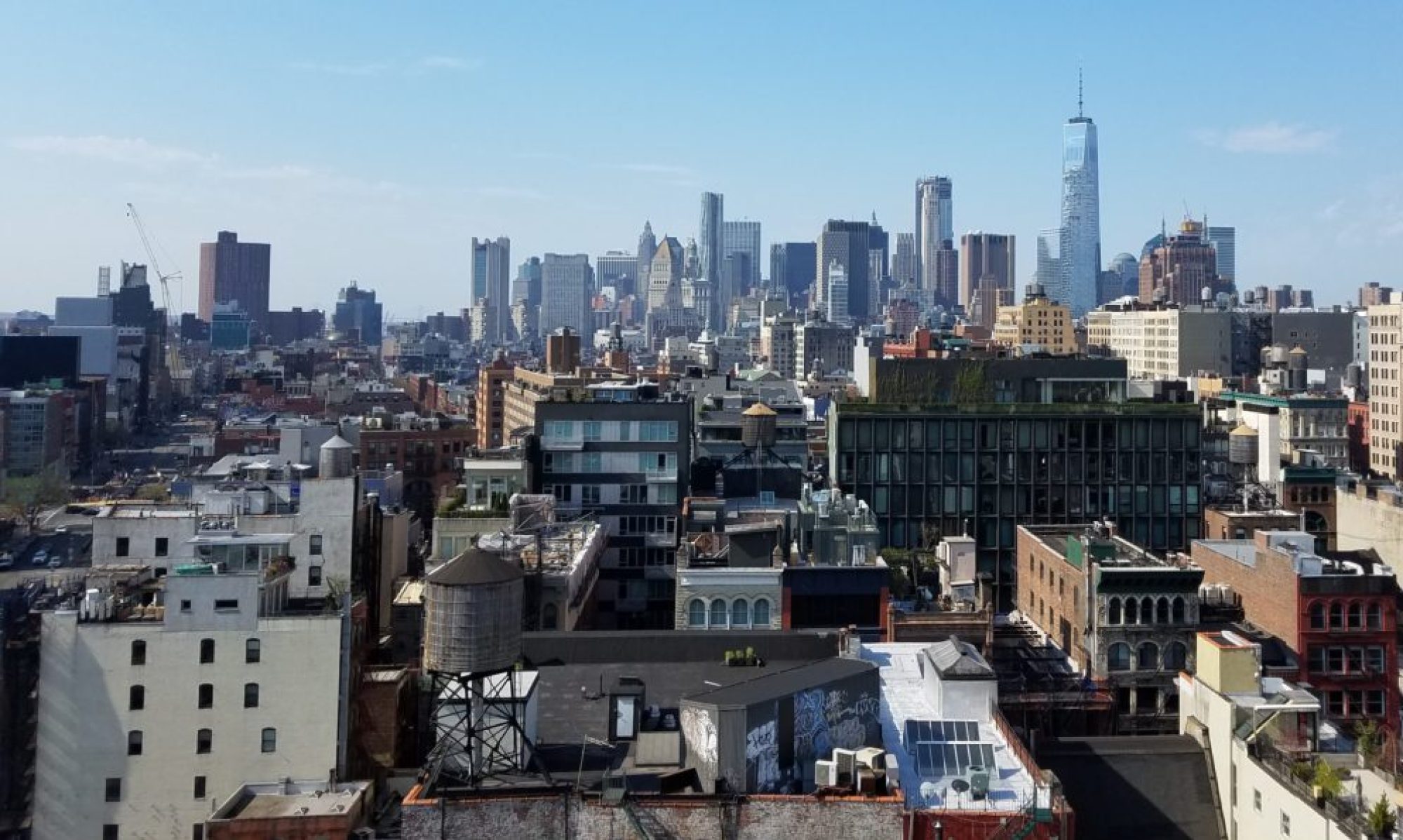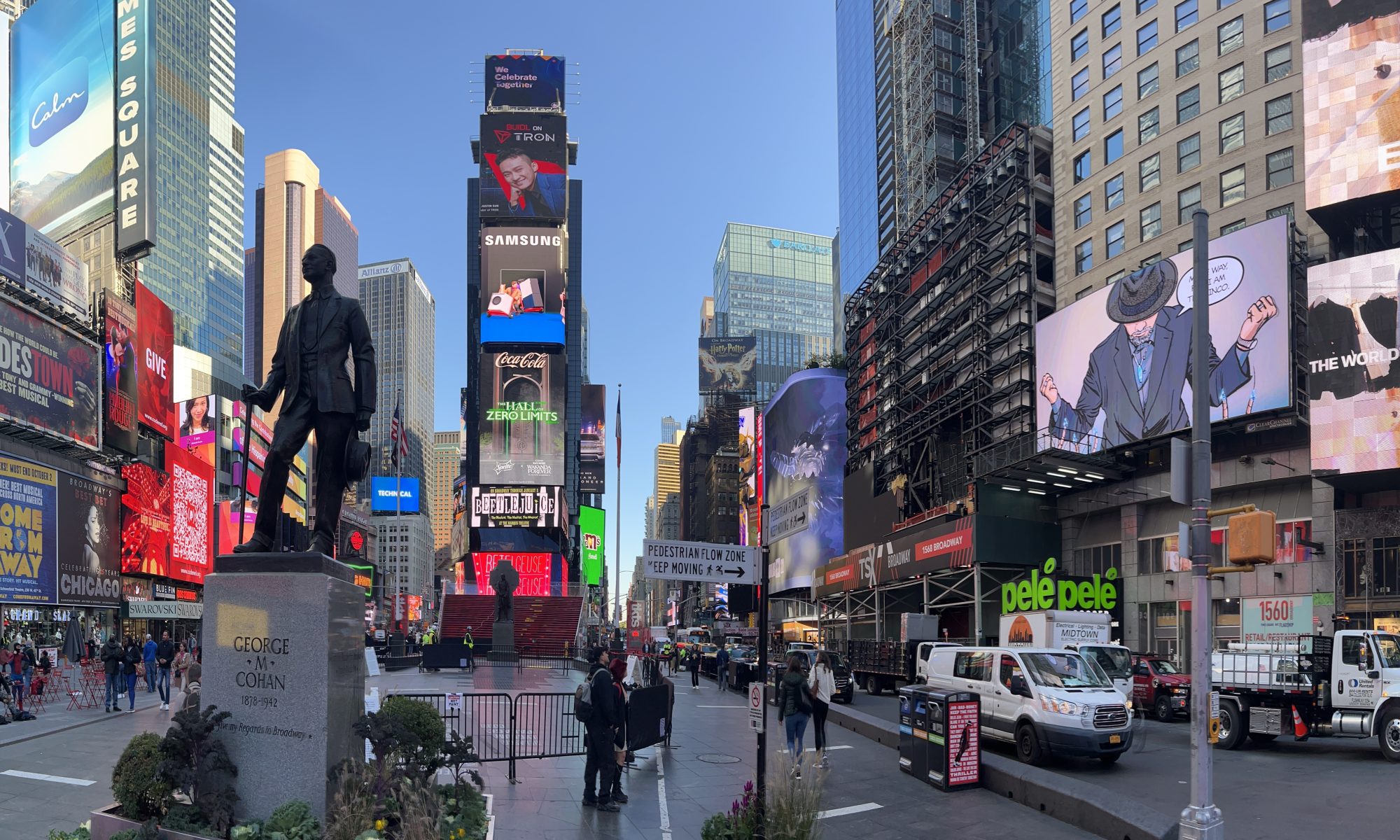New York City, also known as the Big Apple, is a vibrant and bustling metropolis that is home to some of the world’s most renowned attractions. One of these attractions is Broadway, a famous street in the heart of Manhattan known for its theater district and its world-class plays.
Broadway plays have been an integral part of New York City’s cultural heritage for over a century, drawing millions of people from all over the world to experience the magic of live theater. In this essay, we will explore the history and impact of Broadway plays on New York City and beyond.
The History of Broadway
The origins of Broadway can be traced back to the late 1800s, when theaters began to spring up around Union Square in lower Manhattan. At the time, the area was a hub for entertainment and nightlife, with venues featuring everything from vaudeville acts to operas.
As the popularity of theater grew, so too did the demand for new and innovative productions. The first Broadway play to achieve widespread success was a musical called “The Black Crook,” which premiered in 1866 and ran for over 400 performances. This paved the way for a new era of theatrical productions that would come to define Broadway in the years to come.
Over the next several decades, Broadway became a hotbed of creativity and innovation, with playwrights, actors, and producers working tirelessly to create groundbreaking new shows that would capture the hearts and minds of audiences around the world. Some of the most famous Broadway plays of this era included “Show Boat,” “Oklahoma!,” and “West Side Story,” all of which were highly successful both commercially and critically.
The Impact of Broadway on New York City
Broadway plays have had a profound impact on New York City, both culturally and economically. On the cultural front, Broadway has been responsible for some of the most important and enduring works of American theater, showcasing the talents of some of the country’s most gifted actors, writers, and directors.
Beyond its cultural significance, Broadway has also been a major contributor to New York City’s economy, generating billions of dollars in revenue each year. According to a recent study, the theater industry in New York City contributes over $12 billion to the city’s economy annually, supporting over 100,000 jobs and driving tourism from all over the world.
Moreover, the impact of Broadway extends far beyond the city limits of New York, with productions often going on to tour nationally and internationally, introducing new audiences to the magic of live theater and bringing people together through the shared experience of storytelling.
The Future of Broadway
Despite its rich history and enduring legacy, Broadway has not been immune to the challenges posed by the COVID-19 pandemic. The closure of theaters in 2020 left many in the industry without work, and forced producers to rethink the way that plays are produced and distributed.
However, despite these challenges, there is reason to be optimistic about the future of Broadway. With the rollout of vaccines and the gradual reopening of theaters, there is hope that live theater will once again flourish in New York City and beyond.
Moreover, the rise of streaming services and digital distribution has opened up new opportunities for Broadway plays to reach audiences around the world, offering a way to experience the magic of live theater even when physical attendance is not possible.
Conclusion
In conclusion, Broadway plays are an essential part of New York City’s cultural heritage, showcasing the best and brightest talents in the world of theater and driving billions of dollars in economic activity each year. While the COVID-19 pandemic has presented challenges for the industry, there is reason to be optimistic about the future of Broadway, and the role that it will continue to play in shaping the cultural landscape of New York City and beyond.

